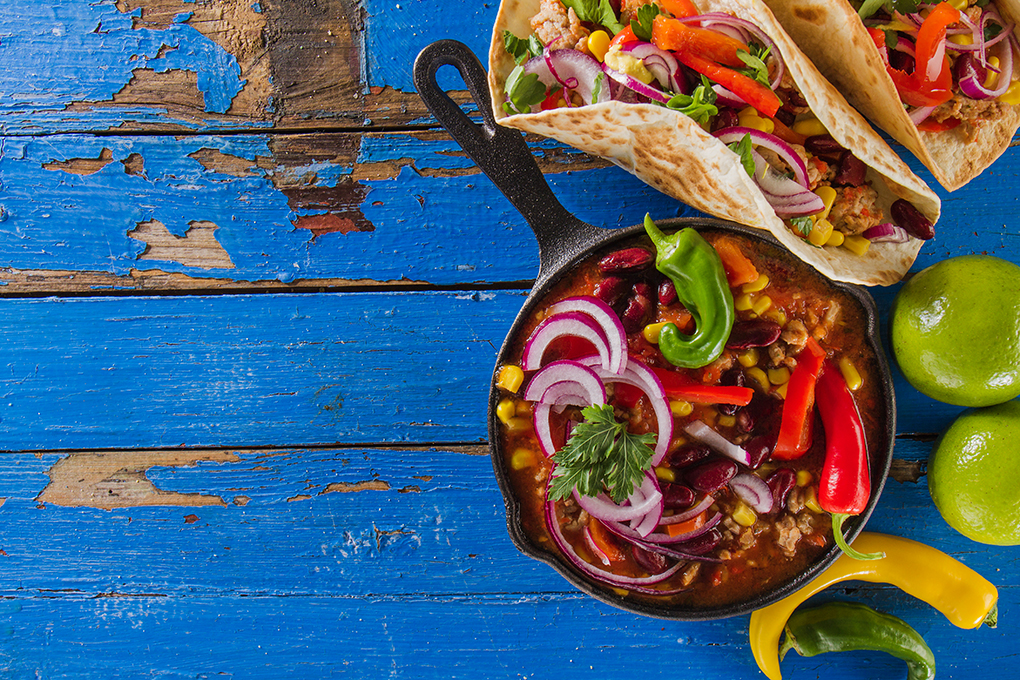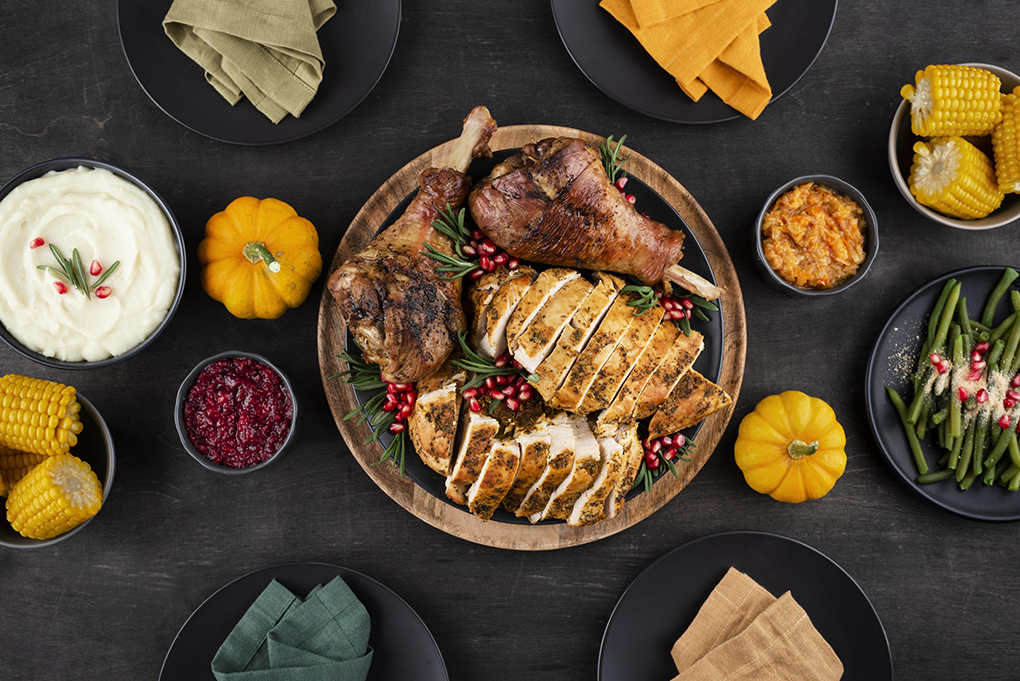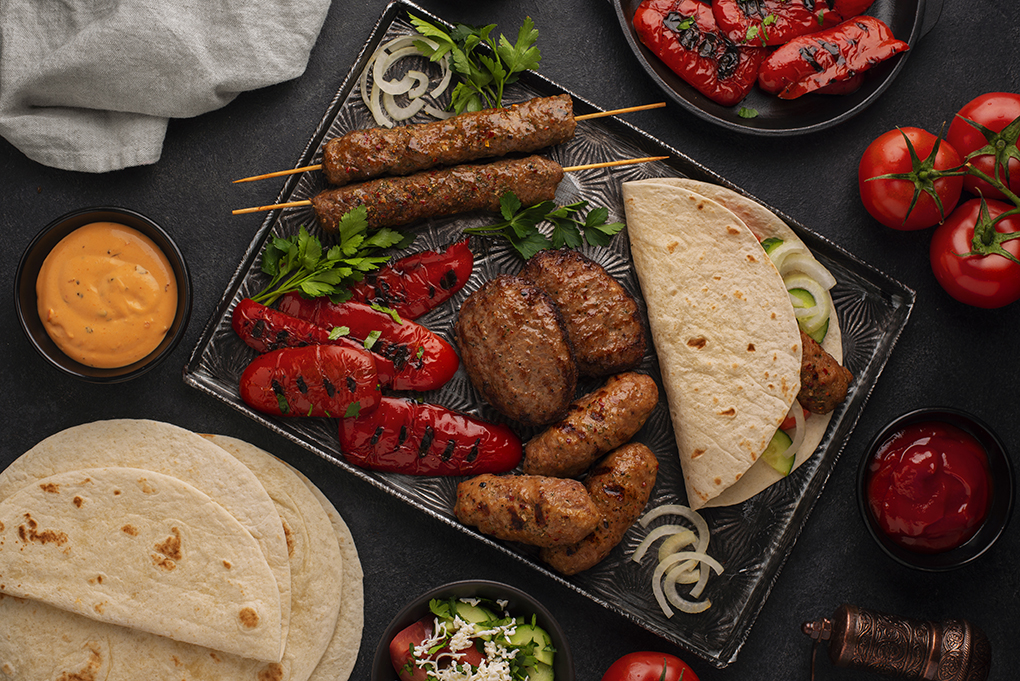Mexican food is a vibrant and flavorful tapestry woven from centuries of history, diverse cultural influences, and a profound respect for indigenous ingredients. Renowned for its bold tastes, colorful presentations, and rich culinary traditions, Mexican cuisine has captured the hearts and palates of food lovers worldwide. This article delves into the essence of Mexican food, exploring its origins, key ingredients, iconic dishes, and its global impact.
The Origins of Mexican Cuisine
The roots of Mexican cuisine stretch back to ancient civilizations, primarily the Aztecs and Mayans, who cultivated staple ingredients like corn, beans, chili peppers, and squash. These ingredients formed the foundation of their diet and remain central to Mexican cooking today. The arrival of the Spanish in the 16th century brought new foods such as rice, wheat, and domesticated animals like cows, pigs, and chickens, which were integrated into the indigenous diet, creating a rich culinary fusion.
Key Ingredients and Flavors
Mexican cuisine is characterized by its use of fresh, local ingredients that create a symphony of flavors. Some of the most essential components include:
- Corn: The backbone of Mexican cuisine, corn is used to make tortillas, tamales, and a variety of other dishes. Masa, a dough made from nixtamalized corn, is a fundamental ingredient.
- Beans: Often served as a side dish or used as a filling, beans are a nutritious staple in Mexican food.
- Chili Peppers: Integral to Mexican cooking, chili peppers add heat and complexity to dishes. Varieties range from mild poblanos to fiery habaneros.
- Tomatoes and Tomatillos: Used in salsas, sauces, and soups, these ingredients provide acidity and depth of flavor.
- Avocado: Known for its creamy texture and rich flavor, avocado is most famously used in guacamole.
- Herbs and Spices: Cilantro, oregano, cinnamon, and cumin are among the many herbs and spices that contribute to the distinct flavors of Mexican cuisine.
Iconic Mexican Dishes
Mexican food is renowned for its diversity, with each region offering unique specialties. Some iconic dishes include:
- Tacos: Perhaps the most famous Mexican dish, tacos are made with soft corn or flour tortillas filled with a variety of ingredients such as grilled meats, seafood, vegetables, and salsas. Popular varieties include tacos al pastor, carne asada, and fish tacos.
- Enchiladas: Corn tortillas filled with meat, cheese, or beans, rolled up, and covered in a chili sauce. Enchiladas can be green (verde) or red (rojas) depending on the sauce used.
- Tamales: Masa dough filled with meats, cheese, or vegetables, wrapped in corn husks, and steamed. Tamales are often enjoyed during celebrations and holidays.
- Mole: A rich, complex sauce made from a blend of chili peppers, chocolate, nuts, and spices. Mole is often served over chicken or turkey.
- Pozole: A traditional soup made with hominy, meat (usually pork), and seasoned with chili peppers and garlic. It is typically garnished with lettuce, radish, lime, and avocado.
- Chiles Rellenos: Poblano peppers stuffed with cheese or meat, battered, and fried until golden and crispy.
Mexican Food on the Global Stage
Mexican cuisine has made a significant impact on the global culinary scene. Its bold flavors, diverse ingredients, and rich traditions have inspired chefs and food enthusiasts worldwide. Mexican restaurants and food trucks are now common in cities around the globe, offering everything from traditional dishes to modern, fusion creations.
The popularity of Mexican food can be attributed to its adaptability and the universal appeal of its flavors. Tacos, for example, have become a canvas for culinary innovation, with fillings ranging from Korean barbecue to vegan-friendly options.
The Future of Mexican Cuisine
As Mexican cuisine continues to evolve, it remains deeply rooted in tradition while embracing modern trends. There is a growing emphasis on sustainable practices, with chefs and home cooks alike focusing on locally sourced, organic ingredients. Additionally, the rise of vegan and vegetarian Mexican dishes reflects the broader trend towards plant-based eating.
The global appreciation for Mexican food shows no signs of waning, and as more people discover its rich flavors and cultural significance, Mexican cuisine will continue to inspire and delight.
Conclusion
Mexican food is a celebration of history, culture, and community. Its rich and diverse flavors tell the story of a nation and its people, offering a culinary experience that is both deeply traditional and endlessly innovative. Whether you’re enjoying a simple street taco or a complex mole dish, Mexican cuisine invites you to savor the vibrant tastes and textures that make it one of the world’s most beloved culinary traditions.


